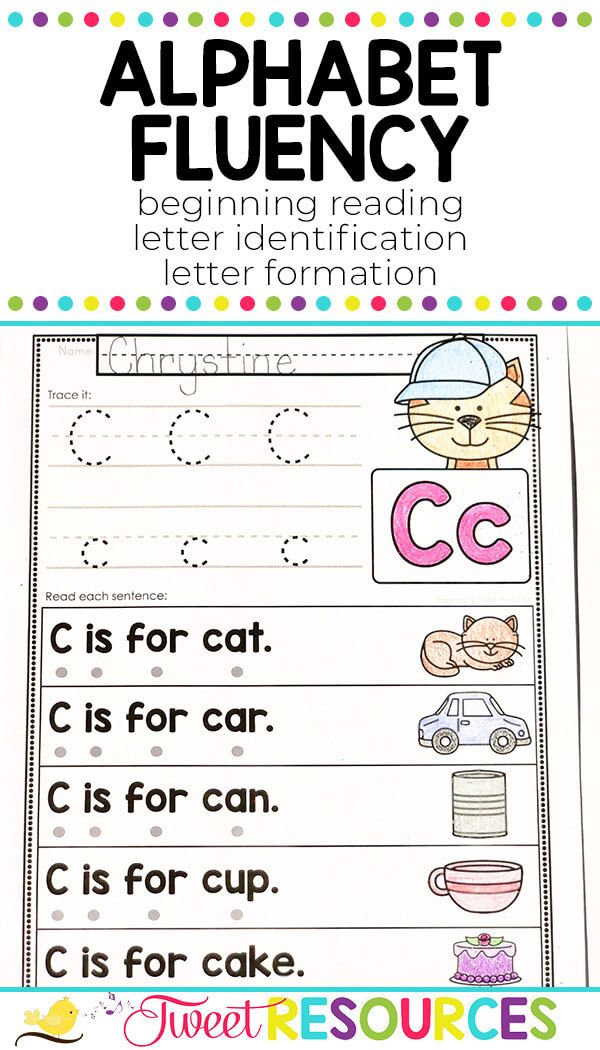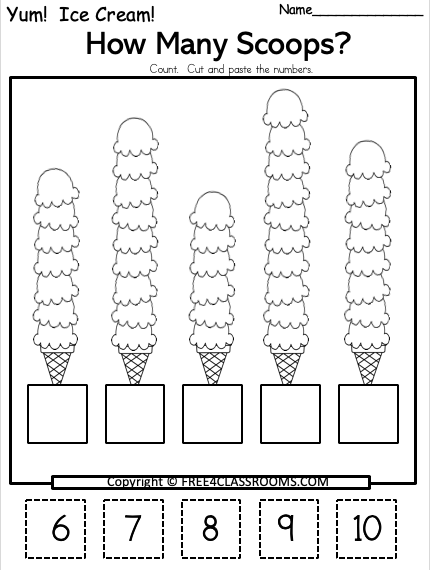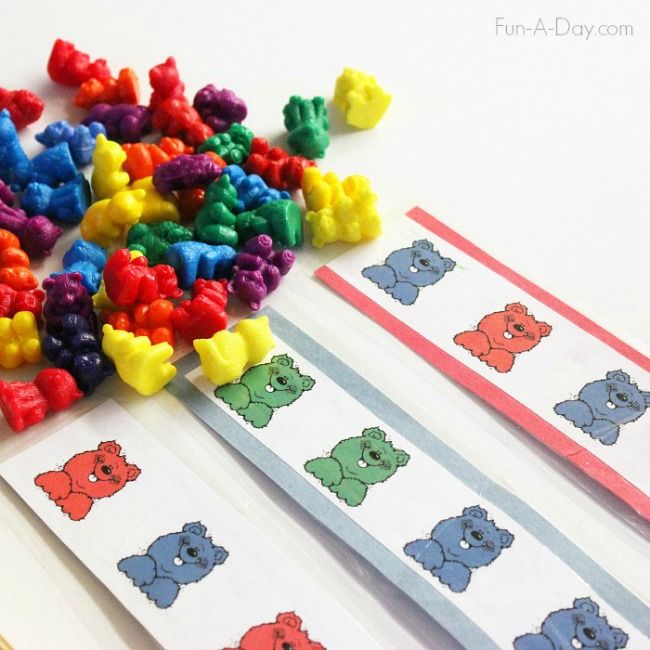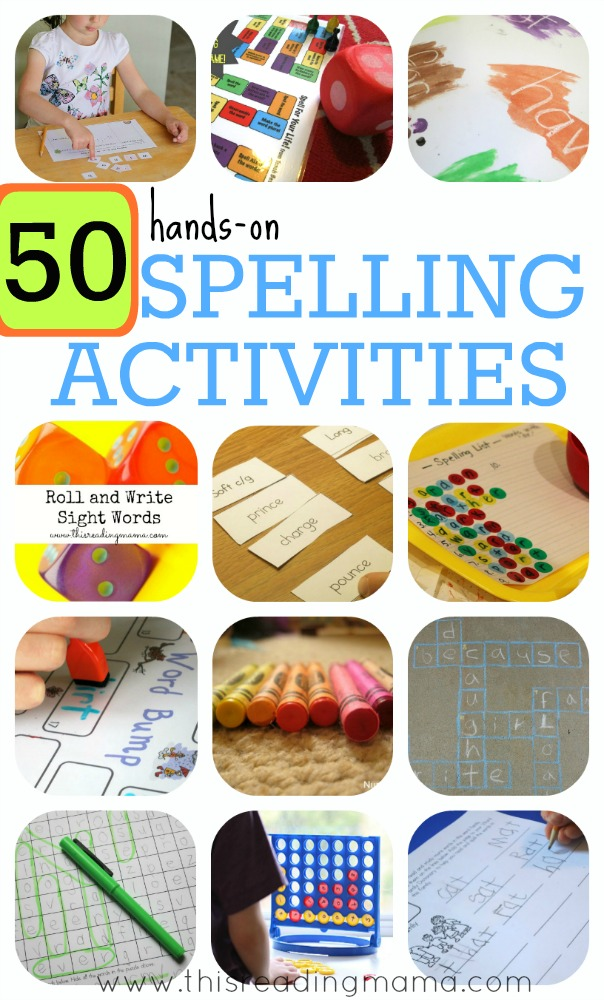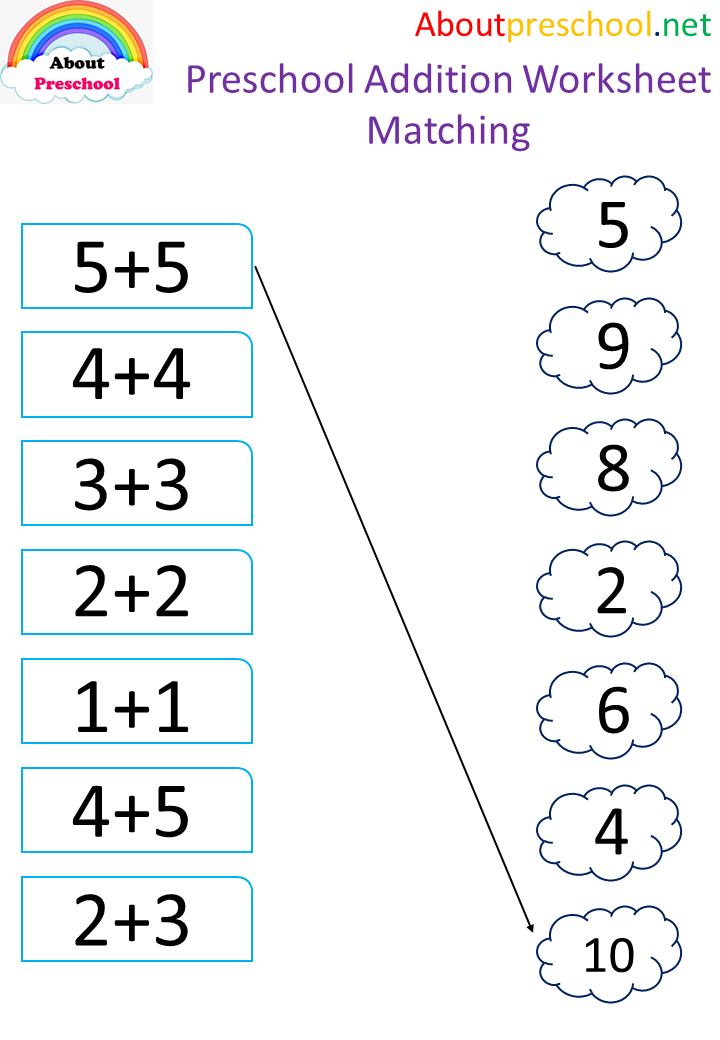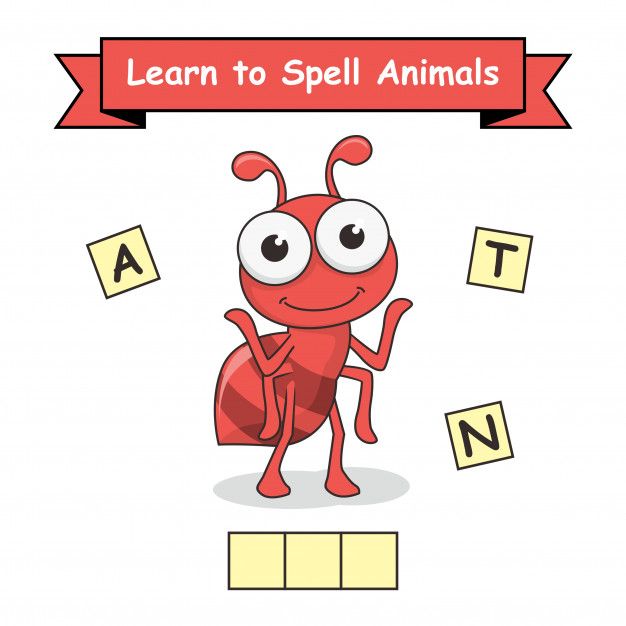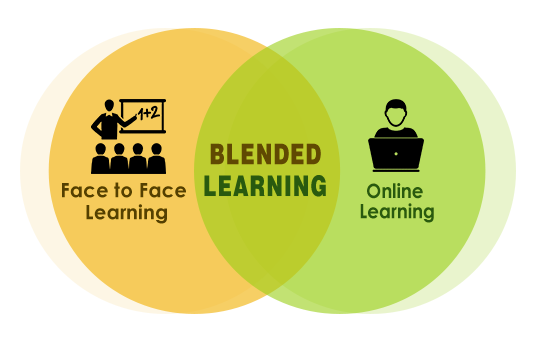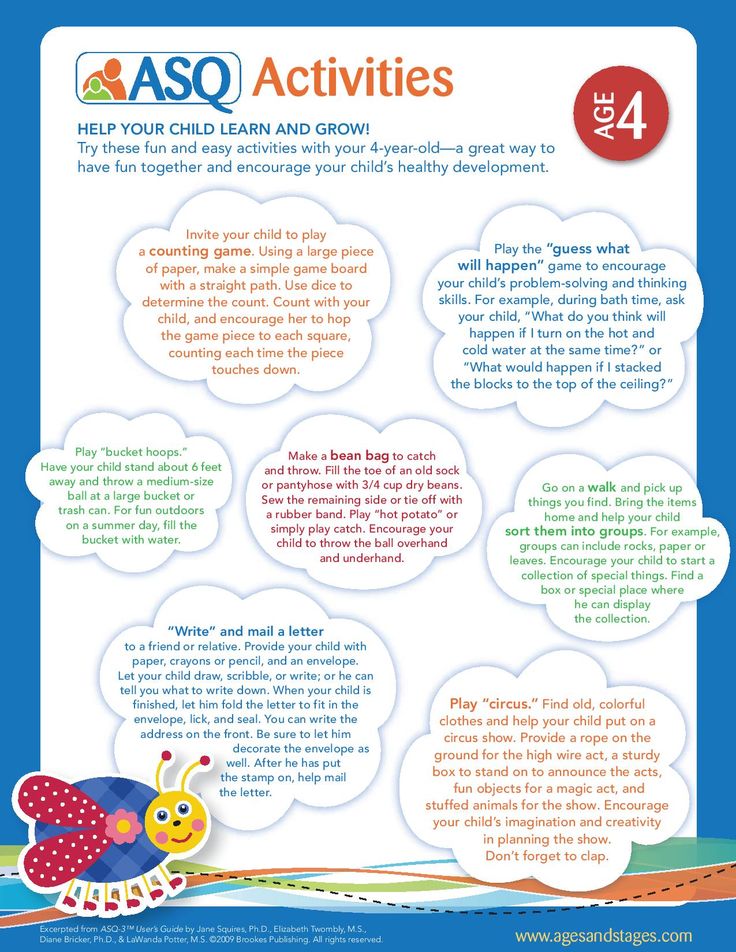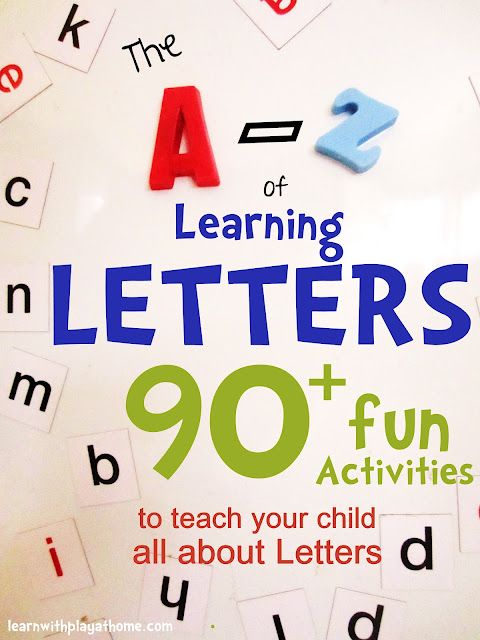Sounds for letters
Letter Sounds App
General Questions
What devices are compatible with the Letter Sounds app?
The Letter Sounds A-Z app is compatible with devices running the OS versions listed below.
- Android 4.4 and later
- Kindle Fire OS 4.4 and later
- iOS 9.0 and later
- Windows XP and later
- OS X 10.9 and later
Is this the same app as the Letter Tiles app?
No, we have three different apps:
- The Phonogram Sounds app is a free app that is included with our programs. Use the app to reinforce the sounds with your child as you are teaching or to learn the sounds before you teach them.
- The Letter Sounds app is a free app for beginning learners that can be used to teach the first sound for each letter in the alphabet.
- The Letter Tiles app is a movable tiles app that is available for purchase for use in place of the physical Letter Tiles, or on days that you want to use reading or spelling on the go.
The Letter Tiles app is available for tablets only.
What does the Letter Sounds app teach?
The Letter Sounds app teaches the first sound for each letter of the alphabet.
Troubleshooting
Why can’t I install the app?
Please check that your device is compatible with the Letter Sounds app.
Why can’t I hear the sounds?
Make sure your speakers are on and that the volume is turned up. Test your system sound by playing a YouTube video or something else you know has sound. If your system sound is working, but you can't hear the app sounds, please contact us at [email protected] for assistance.
One of the features isn't working for me.
First, double-check that you are running the latest version of the app. If you continue to experience issues, please contact us at [email protected] for assistance.
Why don’t you have Letter Sounds for my device?
Contact us at support@allaboutlearningpress. com and let us know what device you have! We are always looking to support more of our customers. In the meantime, you can use the online demo above as a fully functioning workaround.
com and let us know what device you have! We are always looking to support more of our customers. In the meantime, you can use the online demo above as a fully functioning workaround.
Other App Questions
Why don’t you teach all the sounds for each letter?
Great observation! The Letter Sounds app is for use with our Pre-reading program. It’s a first introduction to the most common sound for each letter of the alphabet. If your student is ready to learn the multiple sounds for the letters and other phonograms, check out our Phonogram Sounds app.
Why do you use /er/ for the sound of R?
Some sounds, like /r/, are difficult to capture on audio. Without a vowel sound before or after, they are unintelligible. We recommend that parents work with their children to ensure that the child is saying the sounds correctly. If the child is having any difficulty, you may want to demonstrate the sound in person.
Do you track data or record any of my personal information?
Absolutely not! The app installers only place the code that is required to run the app on your device.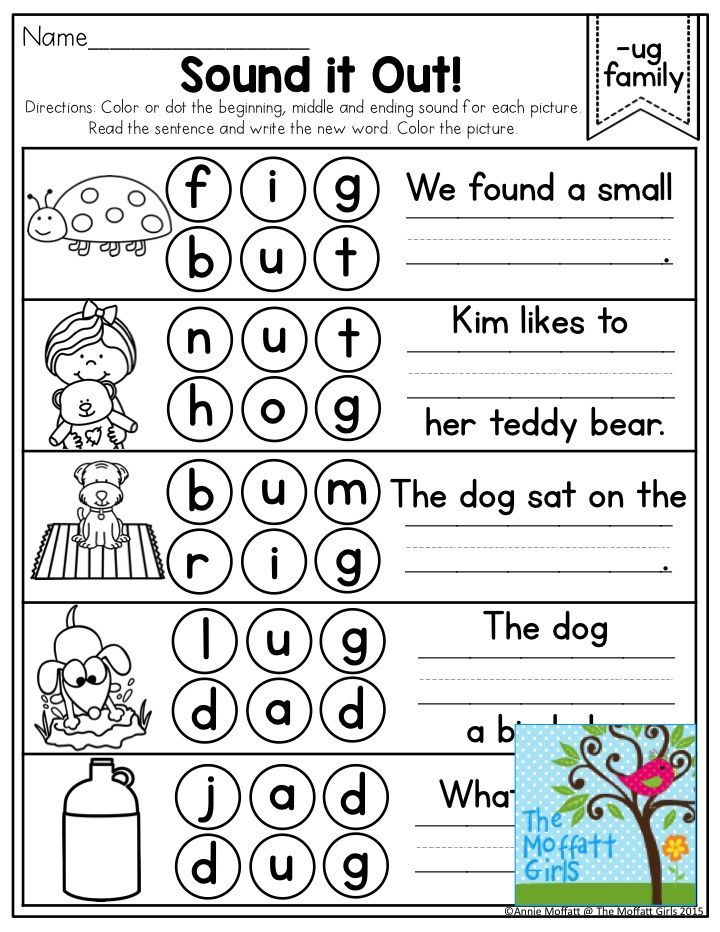 The only time we receive data of any kind is when the program checks for updates from our servers. This is only for updates. We do not receive any personally identifying information from your device.
The only time we receive data of any kind is when the program checks for updates from our servers. This is only for updates. We do not receive any personally identifying information from your device.
Kindergarten 2: Linking Sounds to Letters
Recommendation 2: Linking Sounds to Letters
Help your child link sounds in speech to letters in print.
Sounds in Words: Syllables
Although speaking and listening may not seem related to learning to read, being aware of sounds in words is very important to reading. This awareness allows children to break apart words orally and use sounds to learn to read and write words. Children first need to become aware of sounds in words without relating those sounds to print. They demonstrate their knowledge using their speaking and listening skills.
You can help your child develop an awareness of sounds in spoken words. Singing silly songs and making up silly words or poems are ways to enhance your child's awareness of sounds. These skills are fun to practice because most children love to play with sounds in words. You can make up silly sentences where most of the words begin with the same sound: Leo the lion liked to lick a lot of lollipops!
These skills are fun to practice because most children love to play with sounds in words. You can make up silly sentences where most of the words begin with the same sound: Leo the lion liked to lick a lot of lollipops!
There are many types of different sounds in words. For example, one skill is being able to separate words into syllables, or parts, like knowing that the word folder has two syllables, or parts: fold-er. And the word computer has three syllables or parts: com-pu-ter. Being able to separate words into syllables will help children break a word into parts in order to read or spell the word.
Videos and Family Activities
Clap Word Parts (Syllables)
Help your child identify syllables in spoken words.
Syllable Sort
Key Points About the Video
- Mom explains that a syllable is a word part and provides an example.
- Mom shows her son how to play the game by providing examples.
- Mom encourages her son to clap the word parts when he isn't sure of how many syllables are in the word banana.
Syllable Sort
Help your child identify the number of syllables in spoken words.
Read Aloud and Syllable Practice (Silly Sally)
Key Points About the Video
- Mom selects a word and asks her son to clap the parts, or syllables, of the word.

- Mom selects words with different numbers of syllables, such as two or three, to give her son several times to practice counting syllables.
- A few times, Mom asks her son to describe what a word means and repeats his answer in a complete sentence to help build oral language skills.
- Mom is enthusiastic, so sharing the book is enjoyable.
Books to Share
A list of suggested books that you can read to your child. Select some words from the book and have your child determine how many syllables are in those words.
- Silly Sally by Audrey Wood
- We're Going on a Bear Hunt by Michael Rosen
- Chicka Chicka Boom Boom by Bill Martin, Jr. and John Archambault
Sounds in Words: Rhyme
There are many different types of sounds in words. For example, rhyming words represent a type of sound relationship between words.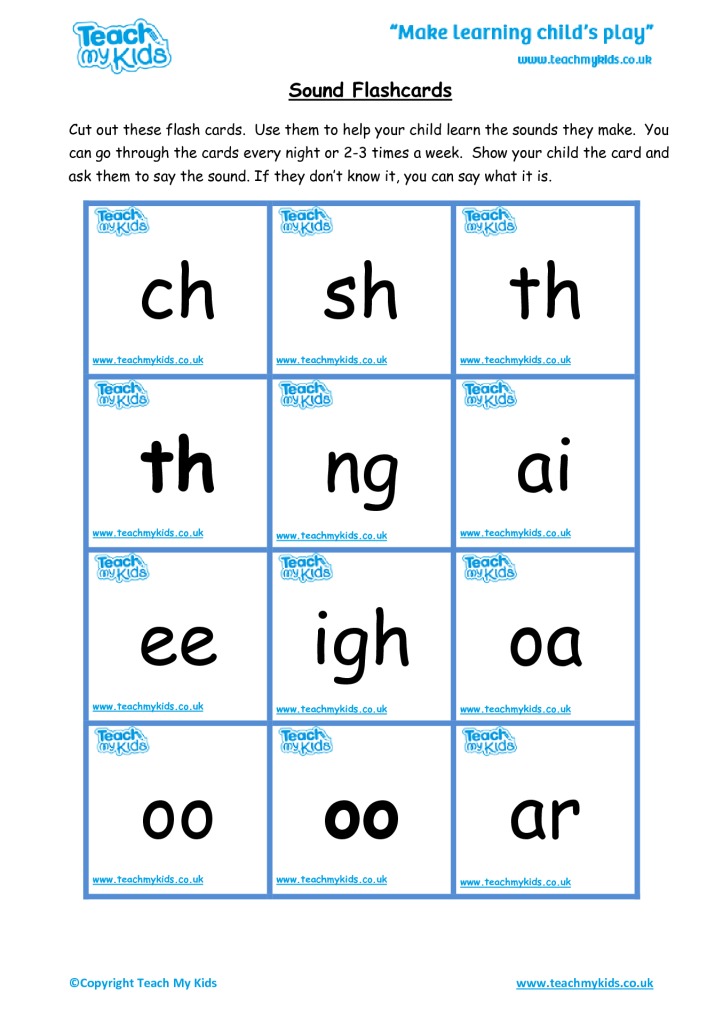 Children need to have the ability to recognize when words rhyme. Words rhyme when they have the same ending sound. For example, blue and shoe rhyme and moon and spoon rhyme. When children recognize words that rhyme and can say a word that rhymes with a word they are given, they can use known words to read new words—for example, they can use the known word fall to help read the unfamiliar word wall.
Children need to have the ability to recognize when words rhyme. Words rhyme when they have the same ending sound. For example, blue and shoe rhyme and moon and spoon rhyme. When children recognize words that rhyme and can say a word that rhymes with a word they are given, they can use known words to read new words—for example, they can use the known word fall to help read the unfamiliar word wall.
Videos and Family Activities
Nursery Rhyme Time
Help your child practice rhyming.
Rhyme Time
Key Points About the Video
- At the beginning, Mom describes what a rhyme is and shows her son how to play the game.
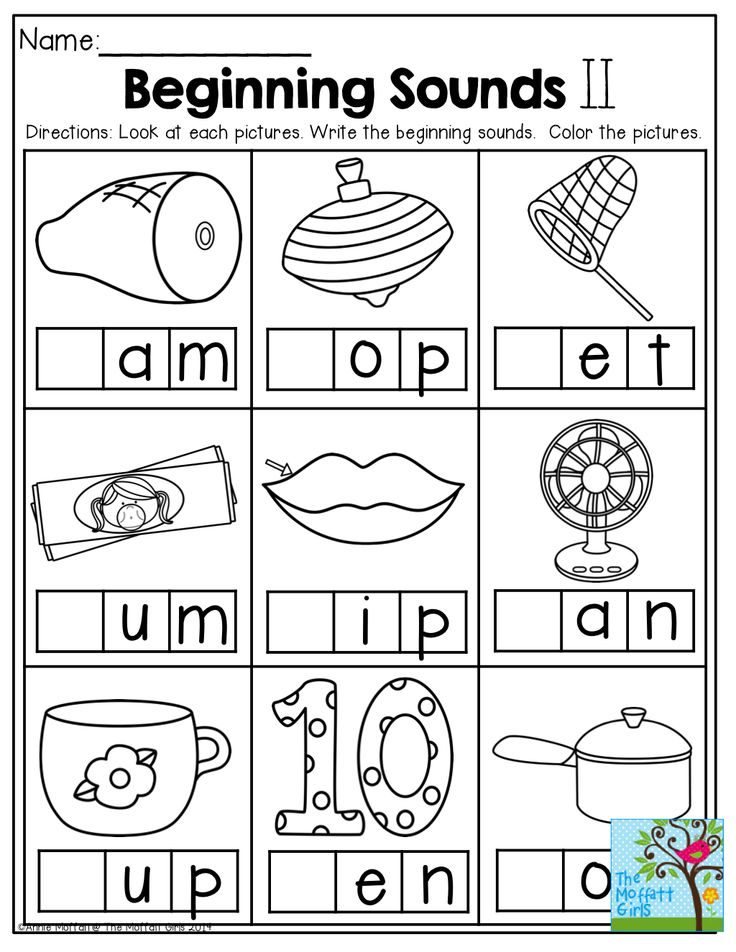
- Throughout the game, Mom describes the meanings of words, like random and pot.
- Mom explains why words rhyme or don't rhyme.
Rhyme Time
Help your child match rhyming words.
Read Aloud and Rhyme (Green Eggs and Ham)
Key Points About the Video
- Mom pauses at the end of sentences and encourages her son to say the rhyming word.
- Mom reads with expression to model good reading.
- Mom uses the word persistent and describes what it means to help build vocabulary.
Books to Share
A list of suggested books that you can read to your child to practice listening for words that rhyme.
- Most Dr. Seuss books (for example, Hop on Pop, Happy Birthday to You!)
- Is Your Mama a Llama? by Deborah Guarino
- Room on the Broom by Julie Donaldson
- The Donut Chef by Bob Staake
- Shiver Me Letters: A Pirate ABC by June Sobel
- The Flea's Sneeze by Lynn Downey
- Where the Sidewalk Ends by Shel Silverstein
- The Neighborhood Mother Goose by Nina Crews
Sounds in Words: Individual Sounds
Although speaking and listening may not seem related to learning to read, being aware of sounds in words is very important to reading. This awareness allows children to break apart words orally and use sounds to learn to read and write words. Children first need to become aware of sounds in words without relating those sounds to print. They demonstrate their knowledge using their speaking and listening skills.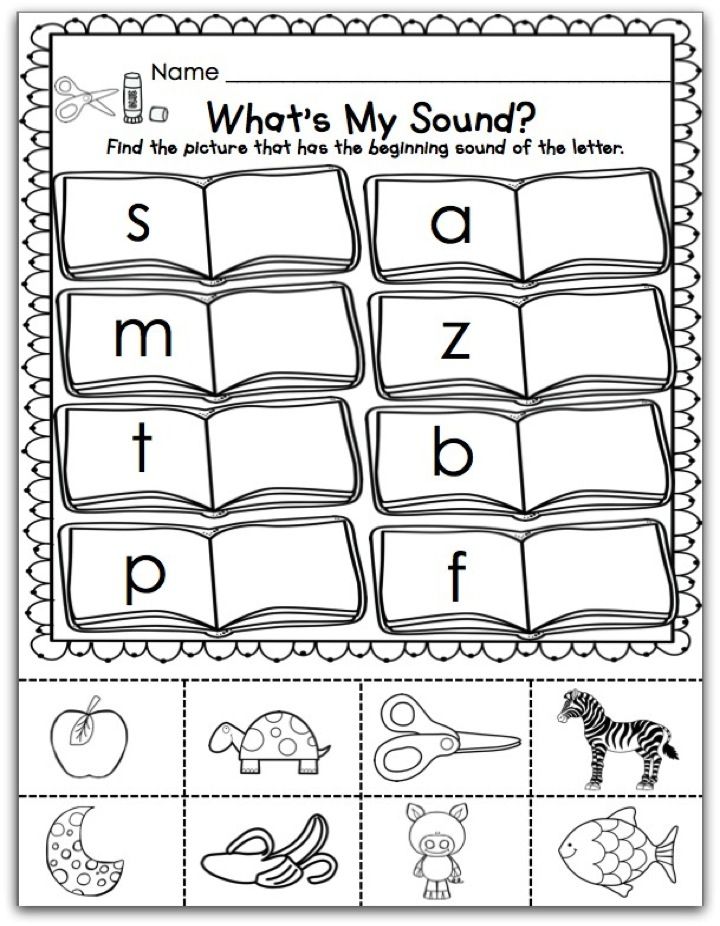
Being able to recognize the individual sounds in words is the most important skill for learning to read that is related to sound awareness. When you see a letter between forward slashes, /s/, say the sound of that letter. If you see a letter without forward slashes, s, say the name of that letter. An example of phonemic awareness is knowing that the word cat has three separate sounds (/k/ /ă/ /t/) and that the first sound in cat is /k/ and the last sound in cat is /t/. Recognizing individual sounds in a word that is spoken will eventually help children "sound out" a word when they begin to learn to read simple words. For example, a child who can hear three separate sounds in sat, /s/ /ă/ /t/, can then link a letter to each sound, s a t, and read the word sat.
It is also helpful if children can identify beginning and ending sounds in a word.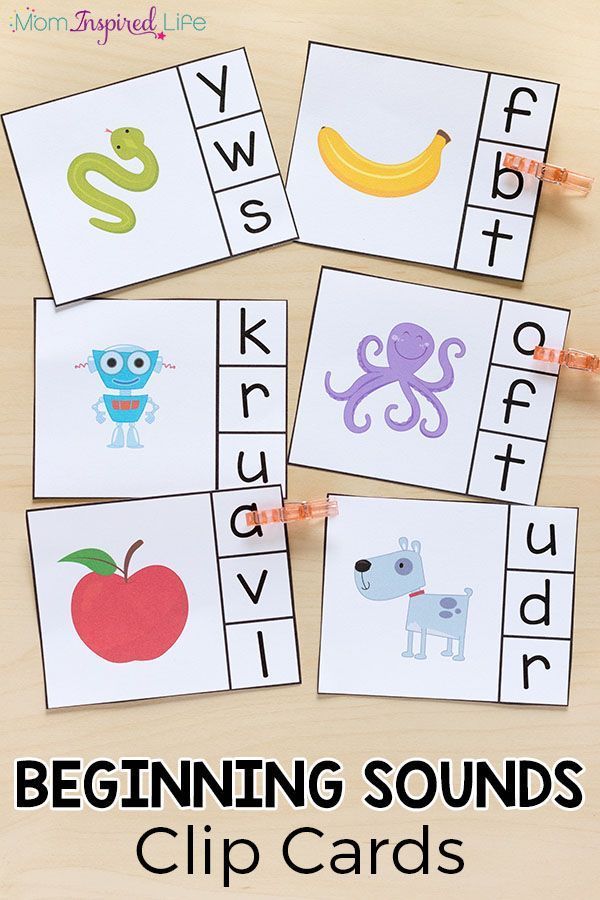 For example, in the word cat, the beginning sound is /k/ and the ending sound is /ăt/. In school, we may talk about word families. Word families are groups of words that have the same endings. For example, bat, cat, and sat are all in the same word family.
For example, in the word cat, the beginning sound is /k/ and the ending sound is /ăt/. In school, we may talk about word families. Word families are groups of words that have the same endings. For example, bat, cat, and sat are all in the same word family.
Videos and Family Activities
Add a Sound to Make a New Word
Key Points About the Video
- Mom explains how to play the game and is enthusiastic.
- Since this a listening game, Mom makes sure her son doesn't look at the paper.
- When her son does not say string, Mom helps by saying each part, /st/ /ring/, and then he is able to say string.
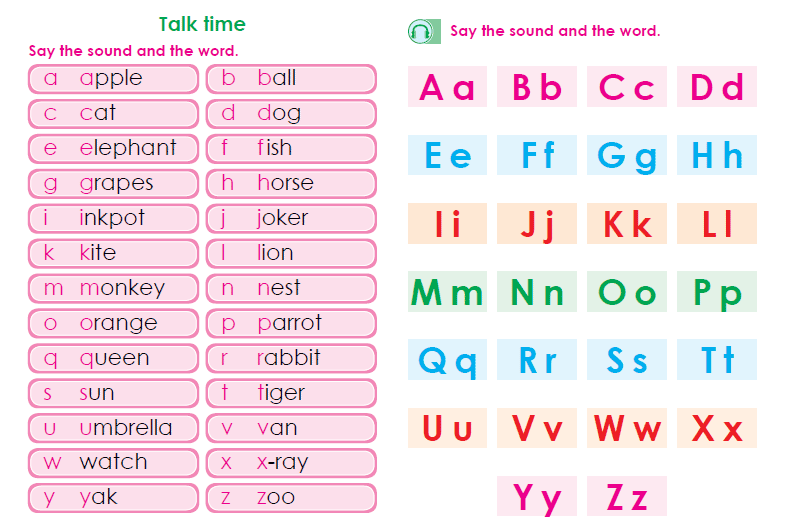
What's the First Sound? Song
Help your child practice listening for the first sound in a spoken word.
Add a Sound to Make a New Word
Help your child practice adding a sound to a spoken word to create a new word.
Saying Individual Sounds in Words
Key Points About the Video
- Mom explains how to play the game and is enthusiastic.
- This is a listening activity, so her son does not look at any letters or words.
- When her son says the letter name, C, instead of the letter sound, /k/, Mom tells him that he would be right if he were spelling the word, but for now, they are just listening to the sounds in words.
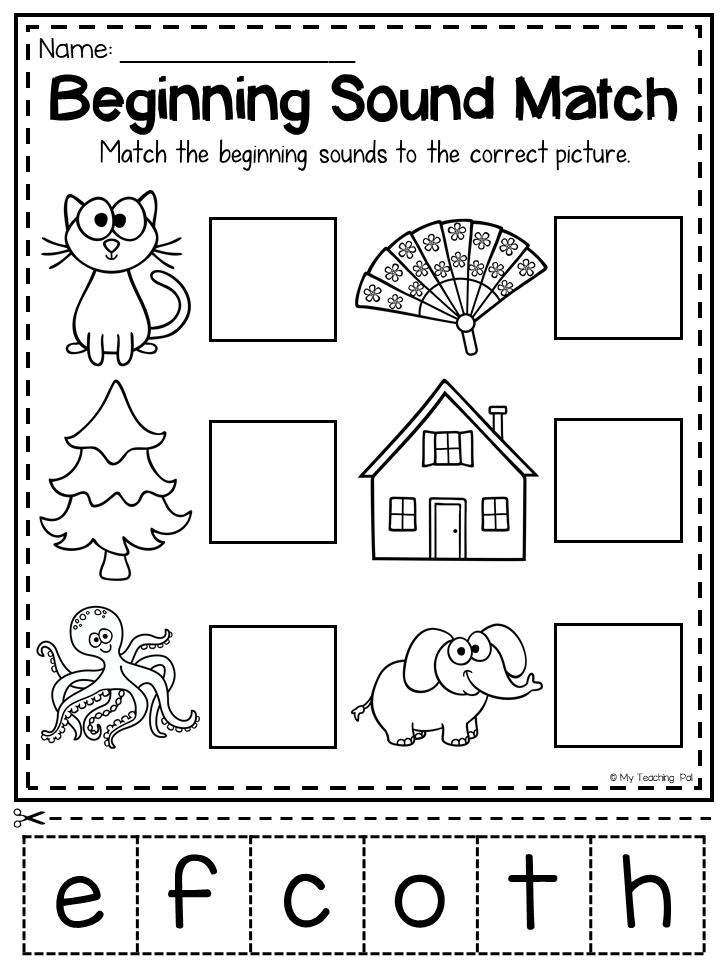
Saying Individual Sounds in Words
Help your child practice identifying the first, middle, and last sound in a word.
Read Aloud and Individual Sounds in Words (There's a Wocket in My Pocket)
Key Points About the Video
- Mom explains that the author changed the first sound in words to make up nonsense, or silly, words.
- Mom knows her son isn't familiar with the word sofa, so they talk about what it means.
- Mom has her son repeat some of the words like shelf/zelf and bottle/yottle. This allows him to focus on the first sound that was changed so he not only hears the sounds but says them, too.

Books to Share
A list of suggested books that you can read to your child. Ask your child to identify the first, last, and middle sound of selected words.
- There's a Wocket in My Pocket by Dr. Seuss
- Cock-A-Doodle-Moo! by Bernard Most
- Llama Llama Red Pajama by A. Dewdney
- Runny Babbit by Shel Silverstein
Letter Names and Letter Sounds
It is important for children to know letter names and letter sounds.
- Letter-name knowledge is recognizing and naming letters. An example of recognizing letters is when you show a child the letters N, A, and S and ask which letter is S, the child points to the S. An example of naming letters is when a child looks at the letter M and orally names that letter.
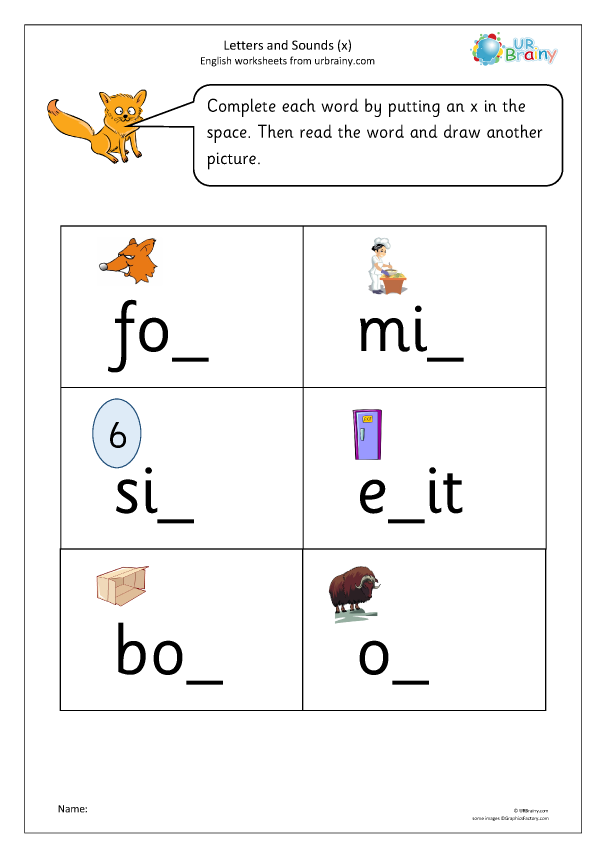
- Letter-sound knowledge is demonstrated when a child can look at a letter in print and tell you the sound it represents. For example, if you point to the letter F and ask, "What sounds does this letter make?" the child will say, "/f/."
There are many ways to support your child's knowledge of letter names and letter sounds. For example, you can look for a specific letter in a book or in a newspaper and then ask your child the sound that letter represents. You can point out letters on signs while in the car. You can sing the alphabet song while getting ready for school or doing chores at home. You can have your child identify specific letters in a magazine and then practice writing the letters.
Videos and Family Activities
Letter-Naming Practice Using a Letter Arc
Key Points About the Video
- Dad explains the game and does the first one as an example.
- After his son identifies the letter, Dad makes it a bit harder by asking for a word that begins with that letter.
- When his son does not find f right away on the letter arc, Dad helps by saying, "E, F,…"
Letter-Sound Practice Using a Letter Arc
Key Points About the Video
- Dad explains the game and does the first one as an example.
- After his son identifies the letter sound, Dad asks him to say a word that begins with that letter sound.

- Dad hugs his son when his son says hug begins with /h/.
Letter-Name and Letter-Sound Practice
Help your child practice naming letters and saying the sound for each letter.
Short-Vowel Practice
Key Points About the Video
- Mom explains the game and does the first one as an example.
- Mom reminds her son that it sometimes helps to say each sound in the word to find the middle sound.
- When her son thinks the middle sound in doll is represented by a, Mom reminds him that a says /ă/ and asks which letter says /ŏ/.
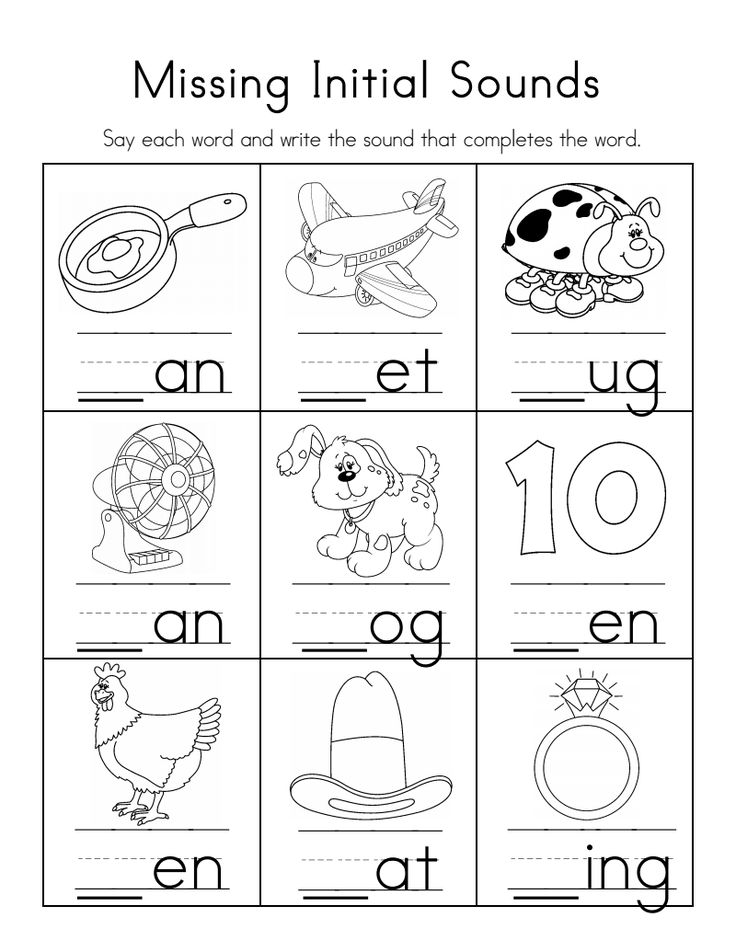
Short-Vowel Practice (a, e, i, o, u)
Help your child practice short-vowel sounds.
Letter-Sound Writing (Humpty Dumpty)
Key Points About the Video
- This activity can be done with any type of print media—even a newspaper, a magazine, or junk mail!
- Mom points to a sentence and says, "Check this sentence!" after her son misses circling a target letter.
- Her son practices writing the uppercase and lowercase letter that he circled.
- Mom gives her son a high five and tells him how hard he worked!
Letter-Sound Writing
Help your child practice letter sounds and writing letters.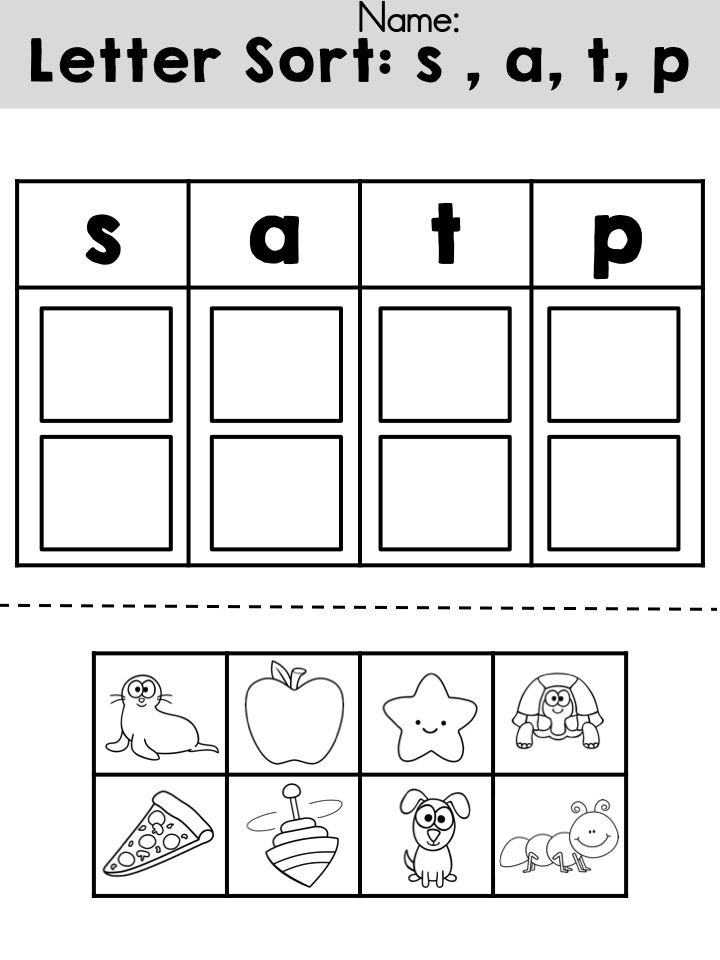
Books to Share
A list of suggested books that you can read to your child. Point to a letter and ask your child to identify the letter name and the letter sound.
- Farm Alphabet Book by Jane Miller
- Kipper's A to Z: An Alphabet Adventure by Nick Inkpen
- Dr. Seuss' A, B, C by Dr. Seuss
- Miss Bindergarten Gets Ready for Kindergarten by Joseph Slate
- Chicka Chicka Boom Boom by Bill Martin, Jr. and John Archambault
Linking Sounds to Letters
An important step in learning to read is being able to connect how words are separated into individual sounds with knowledge of how letters relate to sounds. For example, being able to hear the individual sounds in the word sat, /s/ /ă/ /t/, and knowing that s represents /s/, a represents /ă/, and t represents /t/. Word-building activities can be used to support your child's learning to read and spell.
Word-building activities can be used to support your child's learning to read and spell.
Videos and Family Activities
Write Words
Help your child practice saying each sound in a word and writing that word.
Write Words with Silent e
Help your child say each sound in a word, write the word, and determine if the vowel says its name or not.
Step Up to Spelling Words
Key Points About the Video
- Mom uses a word in a sentence to help her daughter understand the meaning of the word.
- When her daughter mixes up b and d, Mom helps her use a strategy of making a b and a d with her hands in the shape of a bed.

- Mom consistently makes positive comments ("You are so smart!") and gestures (high fives) to encourage her daughter.
Step Up to Writing Words
Key Points About the Video
- Mom asks her son to say each sound as he writes the words.
- When her son reads Pete for pet, Mom points to each letter beginning with P and says each sound with him.
- Mom asks her son to explain how he changed bet to set.
- Mom tells her son how proud she is of him for building words, reading words, and writing words.
Step Up to Writing Words
Help your child practice saying each sound in a word, reading the word, changing one letter in the word to make a new word, and writing the word.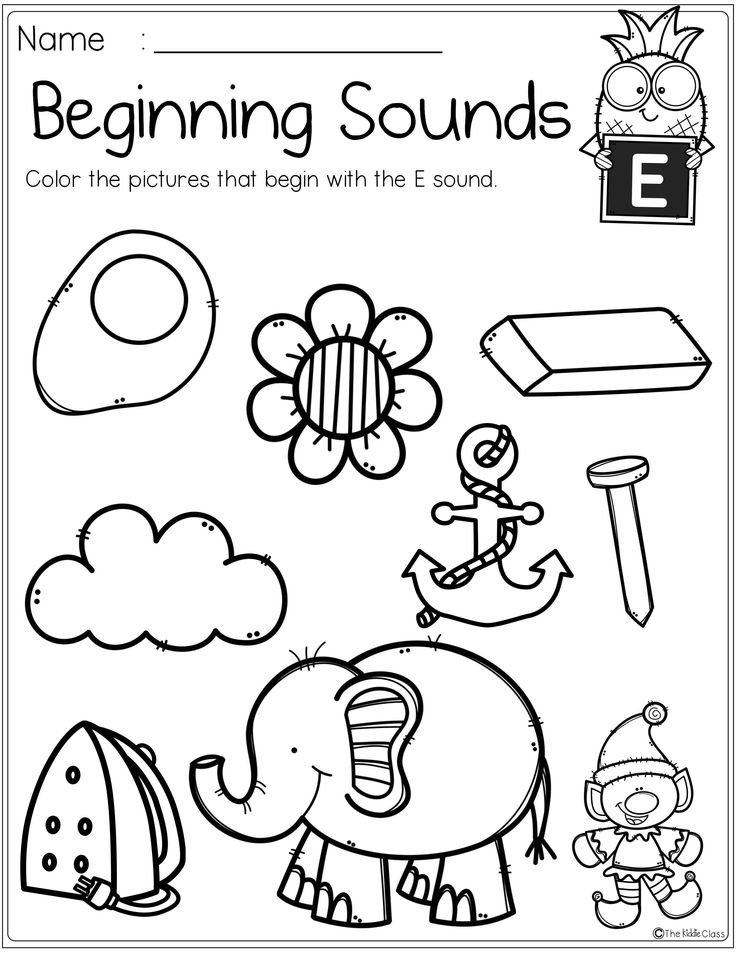
Sounds and letters of the Russian language - scheme, table, transcription
Contents:
• What is sound?
• What sounds are there?
• How are sounds pronounced?
• Transcription of the word
• Color scheme
Sounds belong to the phonetics section. The study of sounds is included in any school curriculum in the Russian language. Acquaintance with sounds and their main characteristics occurs in the lower grades. A more detailed study of sounds with complex examples and nuances takes place in middle and high school. This page provides only basic knowledge of the sounds of the Russian language in a compressed form. If you need to study the device of the speech apparatus, the tonality of sounds, articulation, acoustic components and other aspects that are beyond the scope of the modern school curriculum, refer to specialized textbooks and textbooks on phonetics.
What is sound?
Sound, like words and sentences, is the basic unit of language. However, the sound does not express any meaning, but reflects the sound of the word. Thanks to this, we distinguish words from each other. Words differ in the number of sounds (port - sport, crow - funnel), set of sounds (lemon - estuary, cat - mouse), sequence of sounds (nose - dream, bush - knock) up to a complete mismatch of sounds (boat - boat, forest - park ).
However, the sound does not express any meaning, but reflects the sound of the word. Thanks to this, we distinguish words from each other. Words differ in the number of sounds (port - sport, crow - funnel), set of sounds (lemon - estuary, cat - mouse), sequence of sounds (nose - dream, bush - knock) up to a complete mismatch of sounds (boat - boat, forest - park ).
What sounds are there?
In Russian, sounds are divided into vowels and consonants. There are 33 letters and 42 sounds in Russian: 6 vowels, 36 consonants, 2 letters (ь, ъ) do not indicate a sound. The discrepancy in the number of letters and sounds (not counting b and b) is due to the fact that there are 6 sounds for 10 vowels, 36 sounds for 21 consonants (if we take into account all combinations of consonant sounds deaf / voiced, soft / hard). On the letter, the sound is indicated in square brackets.
There are no sounds: [e], [e], [yu], [i], [b], [b], [g '], [w '], [c '], [th], [h ], [sch].
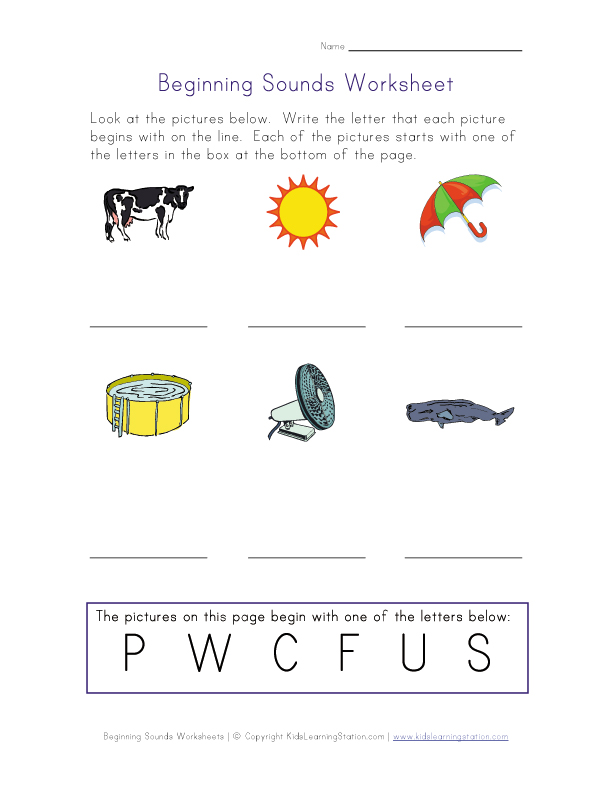 Letters and sounds of the Russian language. Scheme 1.1. Letters and sounds of the Russian language. Scheme 1.2. Vowels and sounds of the Russian language. Scheme 1.3. Consonants and sounds of the Russian language. Scheme 1.4. Russian letters that do not represent sounds.
Letters and sounds of the Russian language. Scheme 1.1. Letters and sounds of the Russian language. Scheme 1.2. Vowels and sounds of the Russian language. Scheme 1.3. Consonants and sounds of the Russian language. Scheme 1.4. Russian letters that do not represent sounds. How are sounds pronounced?
We pronounce sounds while exhaling (only in the case of the interjection "a-a-a", expressing fear, the sound is pronounced while inhaling.). The division of sounds into vowels and consonants is related to how a person pronounces them. Vowel sounds are pronounced by the voice due to the exhaled air passing through the tense vocal cords and freely exiting through the mouth. Consonant sounds consist of noise or a combination of voice and noise due to the fact that the exhaled air meets an obstacle in its path in the form of a bow or teeth. Vowel sounds are pronounced loudly, consonant sounds are muffled. A person is able to sing vowel sounds with his voice (exhaled air), raising or lowering the timbre.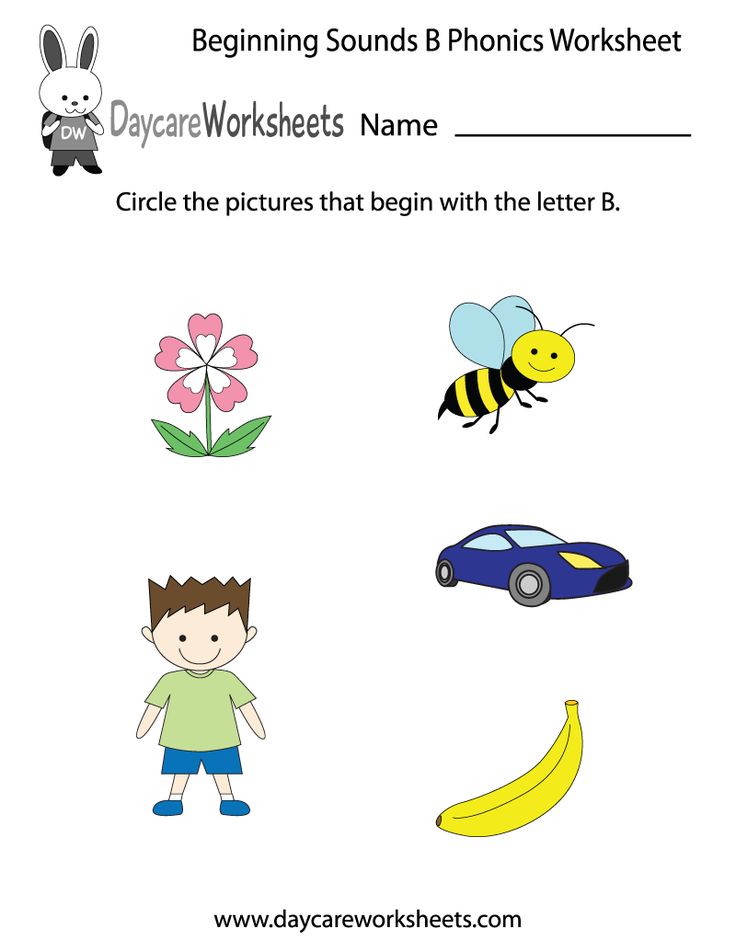 Consonant sounds cannot be sung, they are pronounced equally muffled. Hard and soft signs do not represent sounds. They cannot be pronounced as an independent sound. When pronouncing a word, they affect the consonant in front of them, make it soft or hard.
Consonant sounds cannot be sung, they are pronounced equally muffled. Hard and soft signs do not represent sounds. They cannot be pronounced as an independent sound. When pronouncing a word, they affect the consonant in front of them, make it soft or hard.
Transcription of a word
Transcription of a word is a recording of sounds in a word, that is, in fact, a record of how the word is pronounced correctly. Sounds are enclosed in square brackets. Compare: a is a letter, [a] is a sound. The softness of consonants is indicated by an apostrophe: p - letter, [p] - hard sound, [p '] - soft sound. Voiced and voiceless consonants are not marked in writing. The transcription of the word is written in square brackets. Examples: door → [dv'er '], thorn → [kal'uch'ka]. Sometimes stress is indicated in transcription - an apostrophe before a vowel stressed sound.
There is no clear correspondence between letters and sounds. In the Russian language, there are many cases of substitution of vowel sounds depending on the place of stress of a word, substitution of consonants or dropping out of consonant sounds in certain combinations.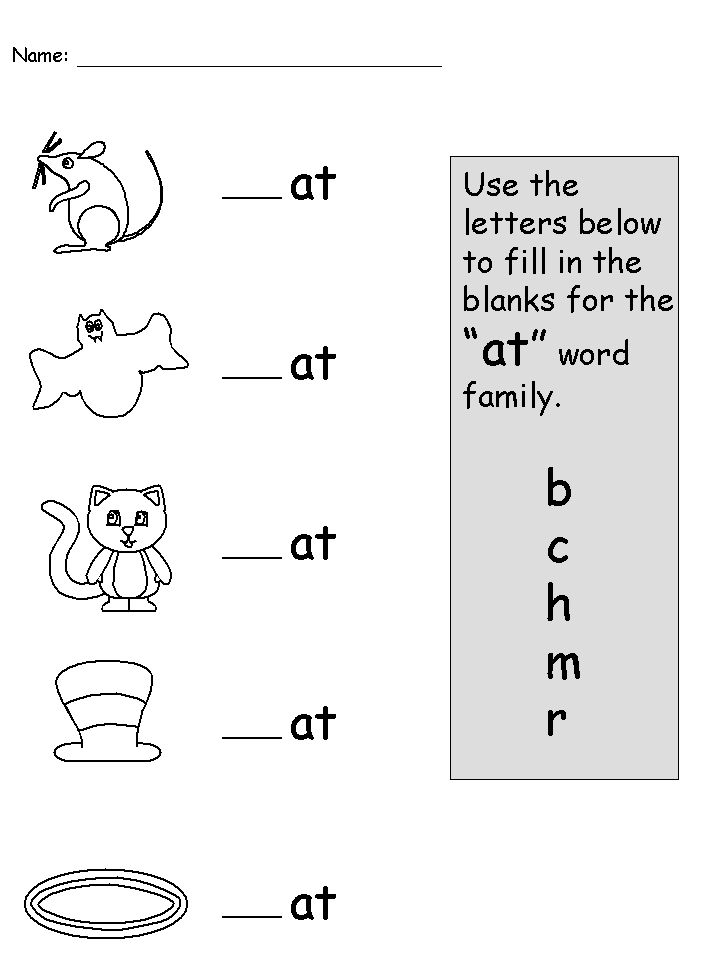 When compiling a transcription of a word, the rules of phonetics are taken into account.
When compiling a transcription of a word, the rules of phonetics are taken into account.
Color scheme
In phonetic parsing, words are sometimes drawn with color schemes: letters are painted with different colors depending on what sound they mean. Colors reflect the phonetic characteristics of sounds and help you visualize how a word is pronounced and what sounds it consists of.
All vowels (stressed and unstressed) are marked with a red background. Iotated vowels are marked green-red: green means a soft consonant sound [y ‘], red means the vowel following it. Consonants with solid sounds are colored blue. Consonants with soft sounds are colored green. Soft and hard signs are painted in gray or not painted at all.
| Vowels0040 | |
| Consistent | Tsh zh zh zhb z k l m h r ch chhh |
| b, b. | b |
- vowel, - vowel iot - hard consonant, - soft consonant, - soft or hard consonant, - does not mean a sound.
The blue-green color is not used in the schemes for phonetic analysis, since a consonant cannot be both soft and hard at the same time. The blue-green color in the table above is only used to show that the sound can be either soft or hard.
Words with the letter ё must be written through ё. Phonetic parsing of the words "everything" and "everything" will be different!
Vowel sounds and letters. How many are there in Russian?
Free introductory lesson in Russian
Enroll
The correct pronunciation of words is one of the components of a beautiful and literate speech. To achieve this, you will first have to study the sounds themselves. In this article, we will figure out together what vowel sounds are, how many vowels are in the alphabet of the Russian language, and what sounds they can represent.
What are vowels and sounds
Vowel sounds are those sounds that we freely convey with our voice.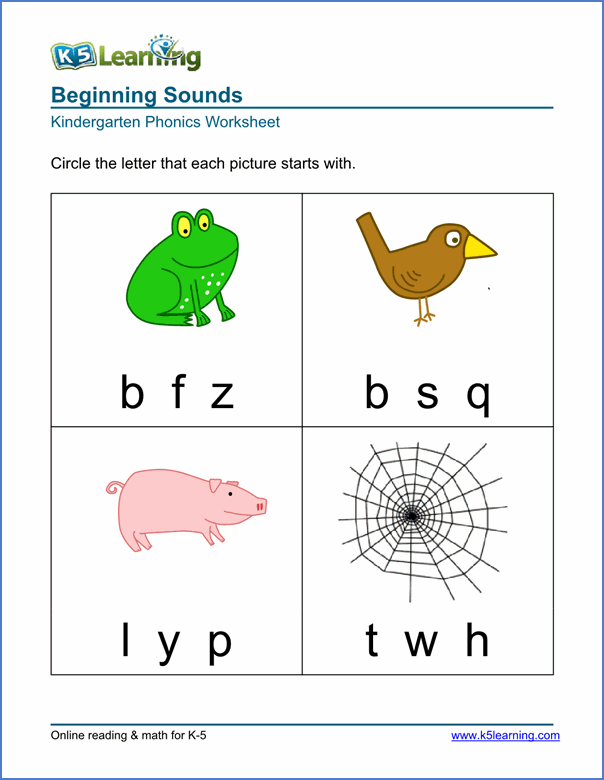 Hence their name comes from: voice means "voice". When pronouncing, air exits through the mouth and does not create noise, and the position of the tongue and lips determines which vowel sound we will pronounce.
Hence their name comes from: voice means "voice". When pronouncing, air exits through the mouth and does not create noise, and the position of the tongue and lips determines which vowel sound we will pronounce.
There are much fewer vowels in Russian than consonants. There are 6 of them in total: [a], [o], [i], [s], [y] and [e]. To understand whether a vowel sound is in front of you or not, try to sing it. For example:
-
a-a-a ,
-
woo
-
s-s-s .
If it works, then the sound is a vowel. You can't do that with consonants.
There are more vowels than sounds - there are 10 of them: a, i, u, u, o, e, e, e, i, s . This difference is due to the fact that some of these letters can represent two sounds and are pronounced using a combination of a vowel and a consonant [y'].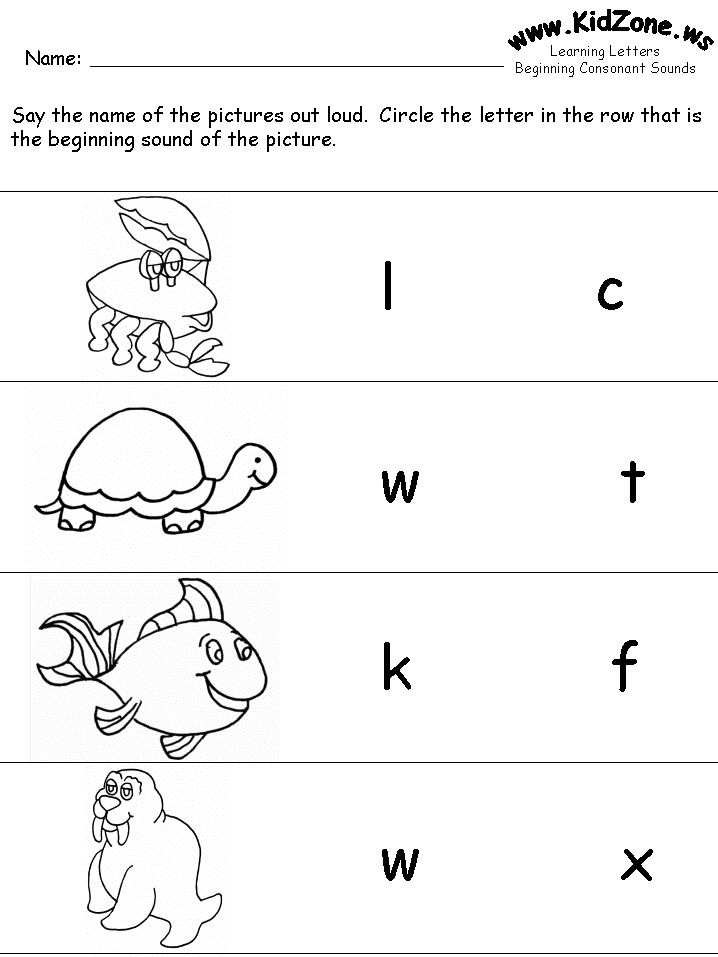 For example, in word spruce the letter e expresses two sounds - [y'] and [e]. Let's look at the table all the vowel sounds and the letters that represent them.
For example, in word spruce the letter e expresses two sounds - [y'] and [e]. Let's look at the table all the vowel sounds and the letters that represent them.
| Letter | Sound | Example |
|---|---|---|
| a | [a] | pharmacy |
| i | [a] [d'] + [a] | change anchor |
| at | [y] | moon |
| [y] [y'] + [y] | love skirt | |
| about | [o] [a] | horse milk |
| e | [e] [y'] + [e] [and] | victory raccoon great |
| e | [o] [d'] + [o] | rope hedgehog |
| e | [e] | evolution |
| and | [and] [s] | caviar life |
| s | [s] | choice |
Demo lesson in Russian
Take the test at the introductory lesson and find out what topics separate you from the "five" in Russian.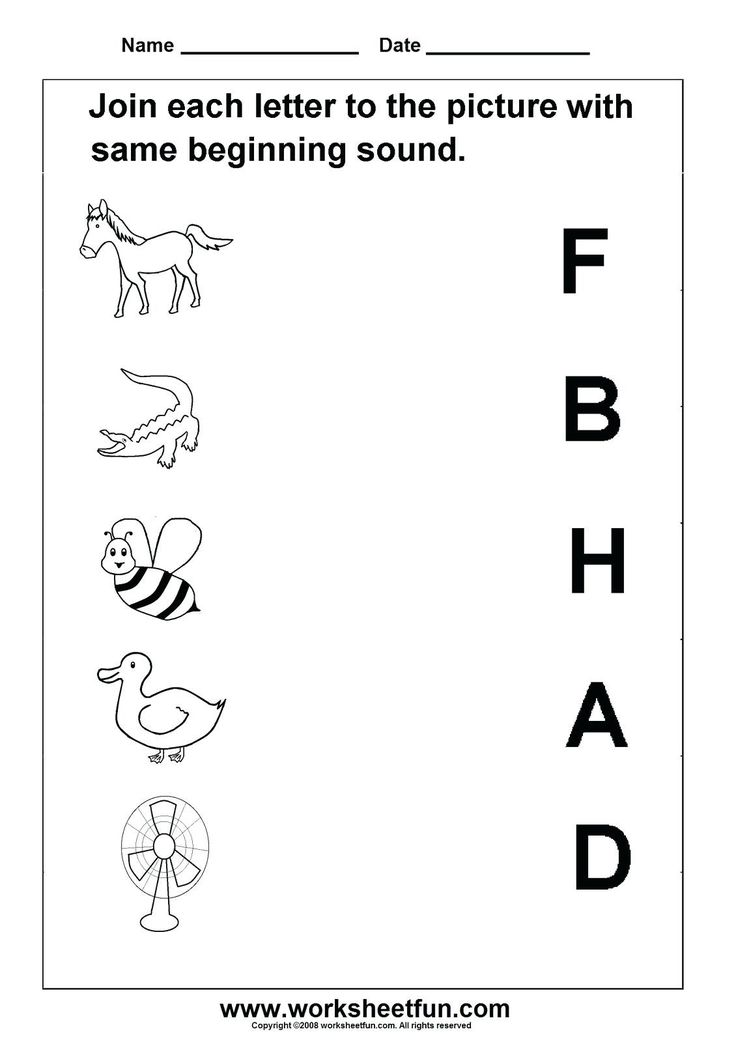
How vowel sounds are related to syllables
Vowel sounds form syllables - sound segments of words that we pronounce with one breath. One syllable can be either a vowel with one or more consonants, or a vowel alone. There is even a rule by which syllables can be counted: how many vowels in a word - so many syllables.
For example, in the word journey there are 5 vowels: [u], [i], [e], [i] and [e]. This means that it has 5 syllables: p-te-she-stvi-e .
Test yourself!
Count the number of syllables in the words: try on, tanner, well-groomed, care, prefix, capital, wet, invitation, orange .
Vowel sounds and stress
Now let's see what groups vowel sounds are divided into. Sometimes their pronunciation depends on whether the stress falls on them, that is, whether we single them out with our voice. So vowel sounds are divided into stressed and unstressed. Here are some examples:
Here are some examples:
| | | |
|---|---|---|
| | | |
| | | |
| | | |
Stress in Russian can fall on any of the existing vowel sounds. However, only 4 of them can be unstressed - these are [a], [i], [y] and [s]. In this position, we pronounce sounds weaker than under stress, because of which they can change qualities and sound differently.
Interestingly, the vowels [o] and [e] can only be stressed. There are only a couple of exceptions to this rule: for example, in words cocoa and canoe sounds [o] and [e] in an unstressed position.
How unstressed vowels are related to consonants
How an unstressed vowel sounds depends on the consonant that precedes it. Or rather, from its hardness or softness. If it is a hard consonant, it can be followed by unstressed vowels [y], [a] and [s]. When we talk about a soft consonant, it is followed by unstressed vowels [y] and [and].
| | |
|---|---|
| | |
| | |
| | |
Test yourself
It's time to find out if you now understand well what vowel sounds are in Russian.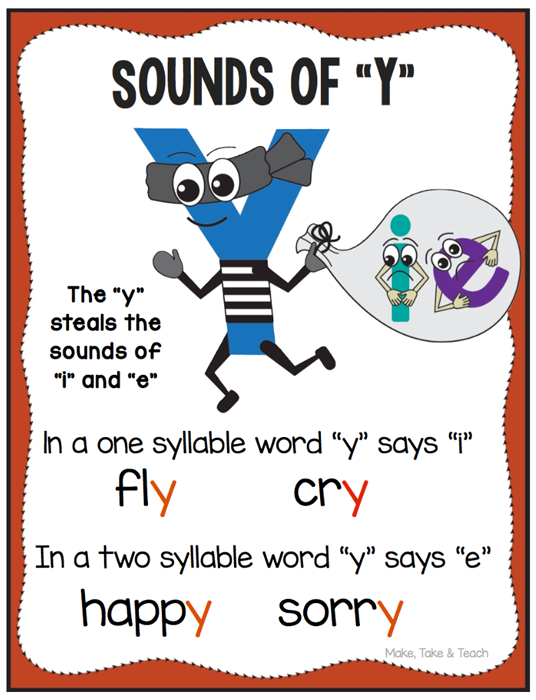 To do this, we have prepared tasks for self-examination.
To do this, we have prepared tasks for self-examination.
Task 1
List all the vowels in these words:
fair,
rejoice,
doll,
distant,
buddy,
voting,
mirror,
story,
OK,
captivate.
Task 2
Name 5 words each in which the sounds [a], [i], [y] and [s] would be in a stressed position.
Task 3
Name 5 words in which an unstressed vowel would come after a hard consonant, and 5 more words where it would follow a soft consonant.
Task 4
Count the number of syllables in the words below (don't forget to use the rule you learned at the beginning of the article!):
-
weightless,
-
sunrise,
-
adventure,
-
painter,
-
perpetuate,
-
nice,
-
image,
-
category,
-
exciting,
-
melting,
-
snowflake.
The rules of phonetics help us to speak correctly, so it is important to master the topic of vowels well and avoid gaps in knowledge.